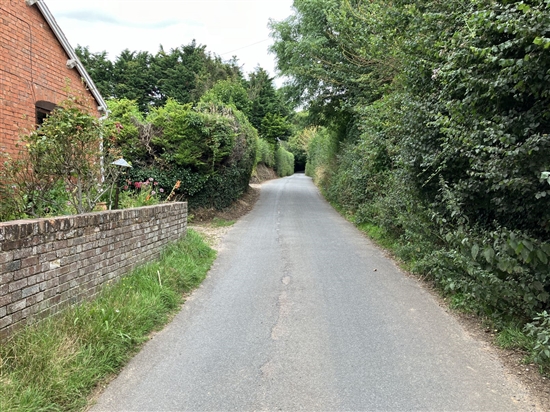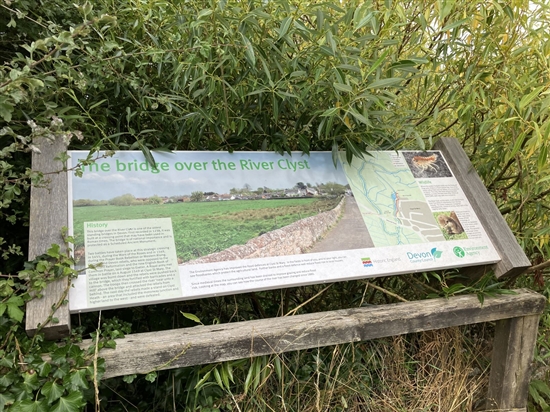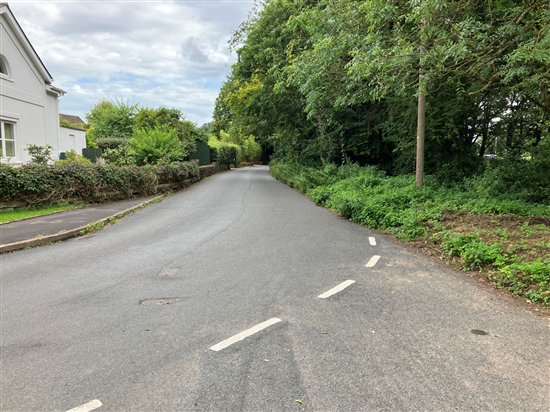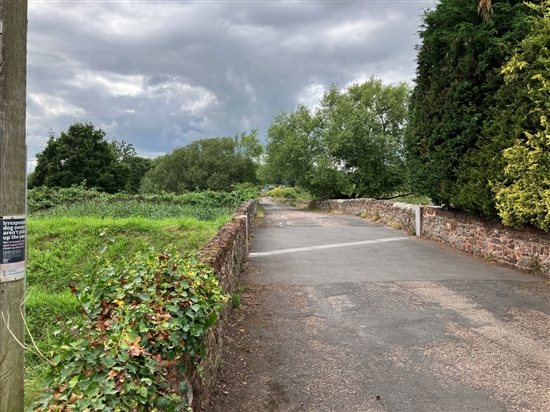Battle of Clyst St Mary
Battle of Clyst St Mary
4th August 1549
Name: Battle of Clyst St Mary
Date: 4th August 1549
War Period: Early Modern
Start Time and Duration: Commenced shortly after 09:00 and ended at nightfall, around 20:00 with a significant break of several hours in the fighting.
Outcome: Loyalist victory
Armies and Losses: Loyalist army of approximately 3000 versus estimated 3000 rebels. Loyalist losses of around 20 killed and over 100 wounded. Rebel casualties of over 1000.
Location: Securely located at modern day settlement of Bishop’s Clyst, site of surviving medieval bridge over River Clyst.
Map Details: Grid Reference: SX 97394 91024 (297394 , 091024); OS Landranger map: 192; OS Explorer map: 114
Crown forces storm a fortified town and defended river crossing to secure the route to Exeter
On 4 August 1549 loyalist forces moved up to assault the fortified village of Bishop’s Clyst and capture its bridge to open the way to Exeter. Since Lord Russell’s victory at Fenny Bridges his army had been supplemented by the arrival of several groups of foreign mercenaries, including Albanian and Burgundian cavalry, and a complement of Italian arquebusiers using gunpowder small arms. These new troops gave Russell far greater tactical flexibility than he could obtain from his musters of shire militia and retainers, while also providing a core of experienced soldiers that the insurgents would have struggled to match. While numbers are difficult to assess it seems likely that the rebel defenders were of an equivalent size, augmenting the existing garrison with contingents drawn from the surrounding area, who may have moved into position as their comrades mounted their surprise attack on the enemy camp at Woodbury on the previous evening.
After a short march from Woodbury, Russell’s army deployed into action and rapidly overran the insurgents’ barricades across the approach roads into Bishop’s Clyst, forcing them back into the village. An initial attempt to push on towards the bridge was thwarted by one of the rebel commanders, Sir Thomas Pomeroy, who deceived the loyalists into thinking they had fallen into an ambush and prompted a disorganised retreat back to their camp. Lacking cavalry of their own, the rebels were unable to mount an effective pursuit, but they nonetheless captured Russell’s baggage and artillery which had been abandoned during his army’s chaotic flight and used these guns to strengthen their position. Once the loyalist army had regrouped they mounted a fresh attack from a new direction, entering via a sunken lane to avoid the insurgents’ defences, and succeeded in taking the village in a fiercely contested struggle before outflanking an artillery piece left to guard the bridge. The battle’s final act occurred when, fearful of a counterattack by an unidentified force to their rear, Russell’s forces killed their prisoners from this and the previous day’s fighting, doubtlessly contributing to the high rebel death toll.
The battlefield is easily located in proximity to the medieval Clyst Bridge, which sits just north of the modern bridge at the western edge of Bishops Clyst, a small village at the confluence of the major roads to Exeter. While some modern interpretations have placed the rebels’ fortifications at the eastern edge of the modern settlement of Clyst St Mary, this would leave a large expanse of open ground between these fortifications and the village, making it difficult for the insurgents to pull back without being scattered by loyalist cavalry. The loyalists’ initial advance probably took place along the roads to the south and east of the village and their subsequent attack progressing down Bishop’s Court Lane, a sunken lane that leads directly into Bishop’s Clyst from the northeast. As this was a primarily urban action, in areas that have been subject to substantial development, there is little anticipated battlefield survival beyond the historic landmark of Clyst Bridge.
An assessment of the Prayerbook Rebellion battlefields undertaken by Dr Glenn Foard and Alex Hodgkins on behalf of Devon County Council in 2009 is available from Archaeological Data Services at https://archaeologydataservice.ac.uk/library/browse/issue.xhtml?recordId=1208573.
This entry has been provided by Alex Hodgkins.















